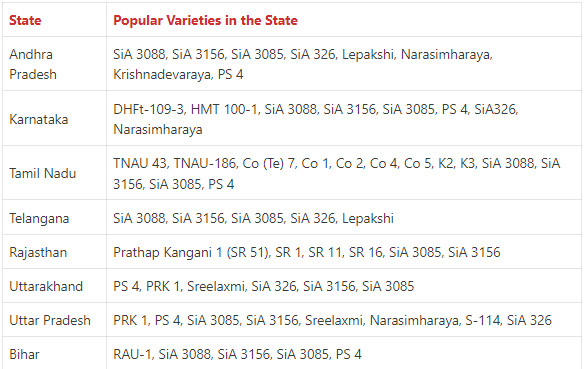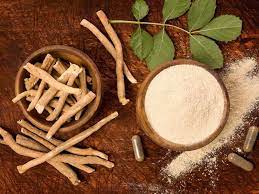Introduction
Foxtail Millet is one of the world’s oldest cultivated millets. It is grown in around 23 countries in Asia, Africa, and America. Setaria italica is the scientific name for Foxtail Millet. It is mostly grown as a rainfed crop in India.
It’s a short-duration, self-pollinating C4 cereal plant. It’s suitable for human consumption, poultry and cage bird feed, and bovine fodder. Foxtail Millet is the world’s second-largest producer of millets.
In India, Foxtail Millet Farming is carried out in Andhra Pradesh, Tamil Nadu, Karnataka, Telangana, Madhya Pradesh, Maharashtra, Rajasthan, Uttar Pradesh, and to a small extent in the north-east states.
How foxtail millets are grown?
Soil and Climate for Foxtail Millet Farming
Foxtail Millet thrives in both tropical and temperate areas, with little and moderate rainfall. The crop can be grown at an altitude of 2000 meters with 500-700 mm of annual rainfall. It requires soil that is reasonably fertile and well-drained. Flooded soils and extreme drought are not suitable for them.
Foxtail Millet Farming – Varieties in India

Time of Sowing – Foxtail Millet Farming
Foxtail millet is primarily a rainfed crop, but it can also be produced in the Rabi season if irrigation is available. Seeds are planted in Kharif in the months of July and August, and in Rabi in the months of August and September (Tamil Nadu).
Seed Rate
- 8-10 kg/ha for Line Sowing
- 15 kg/ha for Broadcasting
Seed Treatment
To avoid infections and preserve the young roots from fungi, seed treatment is required. It can be done both naturally and chemically. Carbendazim@2g/kg for organic seed treatment and Beejamrut for chemical seed treatment.
Spacing in Foxtail Millet Farming
8-10 cm (row to row), 25-30 cm (row to row) (plant to plant). For successful germination, the seeds should be placed 2-3 cm deep.
Manures and Fertilizers in Foxtail Millet Farming
Fertilizers should always be applied based on soil testing of the specific land where foxtail millet growing will take place. About a month before sowing seeds, apply compost or farmyard manure at a rate of 5-10 tonnes per hectare.
When compared to wheat and rice, millets require fewer inputs. To produce a good yield, you’ll need 40-kilogram nitrogen, 20 kg P2O5, and 20 kg K2O per hectare. As a basal dose, apply the entire P2O5 and K2O, as well as half of the nitrogen, and the remaining half of the nitrogen 30 days after sowing.
Weeding and Intercultural Operations in Foxtail Millet Farming
The main issue with millet cultivation is weeds. Two inter cultivations and one hand weeding are recommended for a line-sown crop. An intercultural operation with a tyne-harrow is indicated when the crop is 30 days old. It is also possible to utilize a cycle weeder, which is simple to run and saves time and energy.
Irrigation
In the Kharif season, Foxtail Millet requires no or very little irrigation. It’s a rain-fed crop, for the most part. If the dry weather persists for an extended period of time, 1-2 irrigations should be applied. A summer crop may require 2-5 irrigations, depending on the soil type and weather circumstances.
Pests in Foxtail Millet Farming
Armyworm, cutworm, and leaf scraping beetle can all cause substantial crop loss. Although not a common pest, the shoot fly can be found in some areas. Shoot fly attacks a six-week-old crop when it is still in the seedling stage. The centre shoot begins to dry as a result of the feeding and takes on the characteristic appearance of a dead heart in the early stages and profuse tillering in the later stages. Tillers that have been damaged may produce ear heads, but no grains. It can be controlled by seeding early, within 7-10 days of the monsoon’s arrival. Thiamethoxam 70 WS @3g/kg of seed can be used as a seed treatment.
Harvesting of Foxtail Millet
In general, 80-90 days after seeding, the foxtail millet is ready to harvest. When the ear heads are dry, the crop is harvested. It can be done with a sickle, which cuts the entire plant or just the earheads. The crop is harvested in the Kharif season from September to October, and in the Rabi season from February to March.


